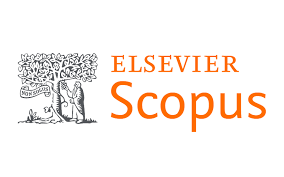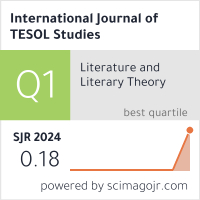2632-6779 (Print)
2633-6898 (Online)


Scopus
Ulrich’s Periodicals Directory (ProQuest)
MLA International Bibliography
MLA Directory of Periodicals
Directory of Open Access Journals (DOAJ)
QOAM (Quality Open Access Market)
British National Bibliography
WAC Clearinghouse Journal Listings
EBSCO Education
ICI Journals Master List
ERIH PLUS
CNKI Scholar
Gale-Cengage
WorldCat
Crossref
Baidu Scholar
British Library
J-Gate
ROAD
BASE
Publons
Google Scholar
Semantic Scholar
ORE Directory
TIRF
China National Center for Philosophy and Social Sciences Documentation
Mingkun Lou
University of South Australia, Australia
Abstract
China’s 2001 curriculum reform aimed to shift the exam-oriented teacher-dominated instructional model to quality-oriented learner-centred education. Accordingly, China’s National English Curriculum Standards focus on students’ all-round development to prepare students for future learning and development. The standards aim to facilitate the development of students’ English linguistic and communicative competence, learning and thinking ability, and intercultural awareness and understanding. However, the implementation of the curriculum has been challenging for teachers who are used to traditional teaching styles, and who have large classes with students of varying English learning backgrounds and many other constraints. To date, limited evidence is available regarding how teachers engage with the new curriculum to facilitate learning in the classroom. To illustrate how the curriculum reform has been taken up in terms of teacher practices, this paper reports on classroom activities used in the teaching of vocabulary, grammar and speaking by seven teachers in two secondary schools, drawing on the observation data generated for a larger project investigating teachers’ practices and beliefs. While most teachers mainly used activities in line with traditional practices, some teachers used a range of activities in ways designed to facilitate students’ active learning and practice of English, as well as learning strategies and higher order thinking development. The findings are informative for second or foreign language teachers, teacher educators and policymakers in China and countries of similar contexts.
Keywords
Curriculum reform, learner-centredness, English as a foreign language, teacher practice, classroom activities